KATHMANDU — In early February 2022, a team of tiger researchers started downloading images from camera traps as part of a population census for the big cat in Nepal.
They had to analyze 40,111 images taken by camera traps in the Chitwan-Parsa Complex, a key tiger habitat, from Dec. 5, 2021, to Feb. 7, 2022.
Babu Ram Lamichhane, then a senior conservation officer at the semigovernmental National Trust for Nature Conservation, was scrolling through the photos of relatively common wildlife such as golden jackals (Canis aureus) and large Indian civets (Viverra zibetha) when he stumbled upon an image that made him stop and stare.
It was a small cat with a sandy coat and black stripes and spots, photographed walking in front of the camera.
It had a ringed tail with a black tip, and ears that were slightly tufted. Lamichhane, who had never seen a wildcat like this before, wondered whether it was a new species, or a rare subspecies of an existing wildcat, or a hybrid.
“I compared its features with that of the Asiatic wildcat [Felis lybica ornata] and found them to be similar,” Lamichhane, the lead author of a recent study documenting the finding, told Mongabay.

When it comes to feline diversity, Nepal is the proverbial cat’s cradle. It’s home to 12 wildcat species, ranging from the majestic tiger (Panthera tigris) and elusive snow leopard (Panthera uncia), to the diminutive Pallas’s cat (Otocolobus manul). Yet it’s considered at the southeastern extreme of the Asiatic wildcat’s range, and that species’ presence in the country has been debated for a long time. There have been occasional reported sightings of this cat in the country, but no conclusive scientific evidence.
The Asiatic wildcat is a little-known subspecies of the African wildcat that inhabits the deserts of Central and South Asia, including the western deserts of India such as the Thar. It looks much like a domestic tabby cat, except for its tail, which is about half of its body length, and its ears, which are tufted like those of a lynx.
This mostly nocturnal and solitary cat is believed to prefer open habitats such as grasslands, steppes, deserts and scrublands, where it hunts rodents, birds, reptiles and insects. It can climb trees and swim well, but usually stays on the ground.
Although there’s not enough population data to suggest how the cats are faring in their habitats, the IUCN, the global wildlife conservation authority, lists the species as being of least concern, largely because it’s one of the most common wildcats found across Asia and Africa. The IUCN’s assessment notes, however, that the population may be declining due to hybridization with domestic cats.
That’s why the only way to confirm the presence of the cat in Nepal is to obtain DNA samples and compare them with those from other wildcats and domestic cats, said wildlife ecologist Yadav Ghimirey. Ghimirey and his team have documented records and photographs of suspected Asiatic wildcats from five different locations in Nepal.
“The Asiatic wildcat can interbreed with domestic cats and produce fertile hybrids that may look like pure wildcats but have mixed genes,” he told Mongabay, adding this makes it difficult to identify them based on their appearance alone.
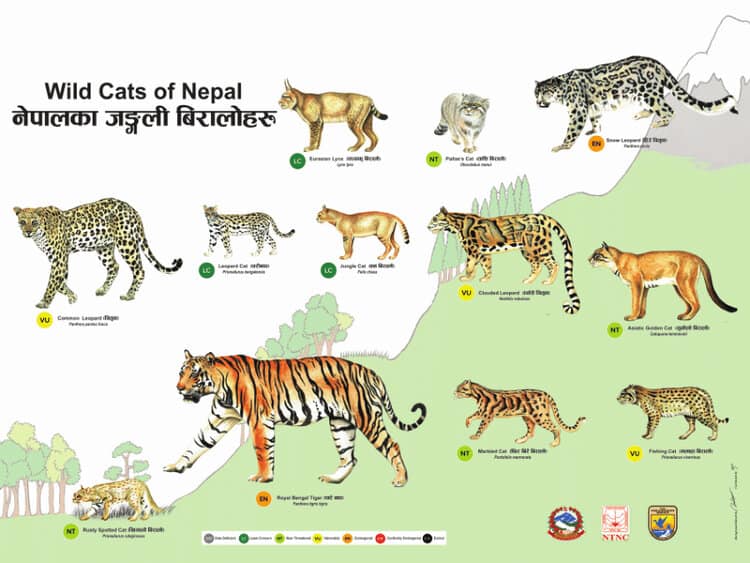
In a 2019 study, Ghimirey and colleagues reported that the typical features of the Asiatic wildcat, such as a spotted coat, horizontal bands on the upper part of the legs, medium tail with rings towards the tip, and a relatively large head, could be seen in some of the photos collected from the five locations.
Lamichhane said that given all the reports of the cat in the country, it may not be necessary to look for genetic evidence to confirm its presence and work toward its conservation. Also, as there’s always been a local name for it — dhade biralo, or “big cat” — it’s highly likely that it’s been around in Nepal for a long time, he added.
According to the IUCN Cat Specialist Group, Asiatic wildcats face a host of threats, including land-use changes and eating poisoned rats and mice. People have also been known to kill wildcats for their fur, or because they think the felines pose a threat to their domestic animals . Wildcats are also struck by cars on roads, or caught in traps meant for other animals. Their habitats are also damaged or destroyed by human activity.
The IUCN calls for more studies into the Asiatic wildcat, given how little is currently known about the subspecies, including the current population. It also highlights the need to distinguish pure wildcats from hybrid ones, using DNA tests to see where they live and how they differ from each other.
But it might be a long time before DNA evidence can confirms the cat’s presence in Nepal, Ghimirey said. As the species is considered as being of least concern, it’s difficult to secure the funding needed to study the animal using camera traps, let alone DNA, he said.
Citations:
Lamichhane, B. R., Dhakal, M., Subedi, N., Thapa, K., Karki, J. B., Koirala, R. K., … Kandel, K. (2023). Camera trap record of Asiatic wildcat from Chitwan, Nepal. CATnews, 77, 7-9. Retrieved from https://www.researchgate.net/publication/370050465_Camera_trap_record_of_Asiatic_wildcat_from_Chitwan_Nepal
Ghimirey, Y., Thakuri, J. J., Acharya, R., Adhikary, B., Lama, R. P., Ghale, T. R., … Shah, K. B. (2019). Possible records of the Asiatic wildcat in Nepal. CATnews, 70, 22-26. Retrieved from https://www.researchgate.net/profile/Yadav-Ghimirey/publication/352737594_Ghimirey_et_al_2019_Possible_records_of_the_Asiatic_wildcat_in_Nepal
This article by Abhaya Raj Joshi was first published by Mongabay.com on 22 June 2023. Lead Image: An Asiatic wildcat in Gujarat, India. Image by rujutavinod via iNaturalist (CC BY-NC 4.0).
What you can do
Support ‘Fighting for Wildlife’ by donating as little as $1 – It only takes a minute. Thank you.
Fighting for Wildlife supports approved wildlife conservation organizations, which spend at least 80 percent of the money they raise on actual fieldwork, rather than administration and fundraising. When making a donation you can designate for which type of initiative it should be used – wildlife, oceans, forests or climate.
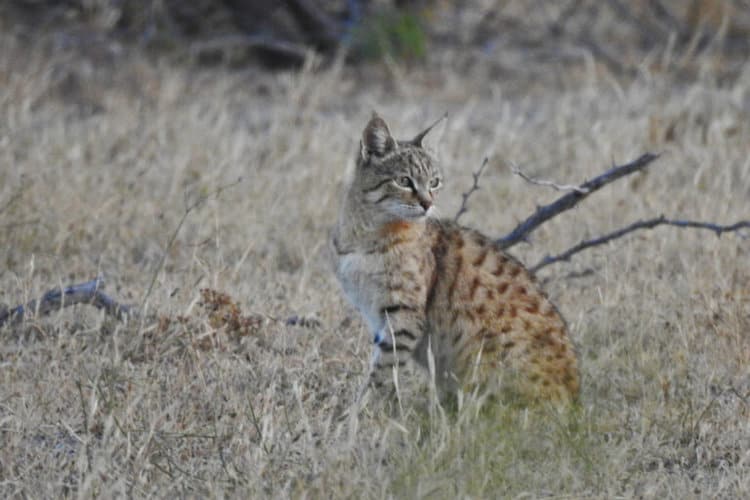

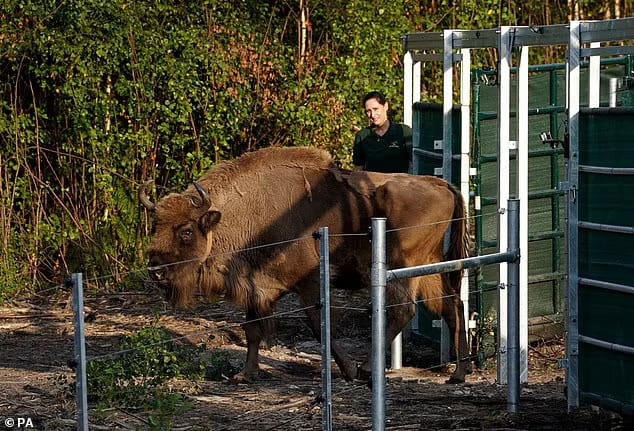
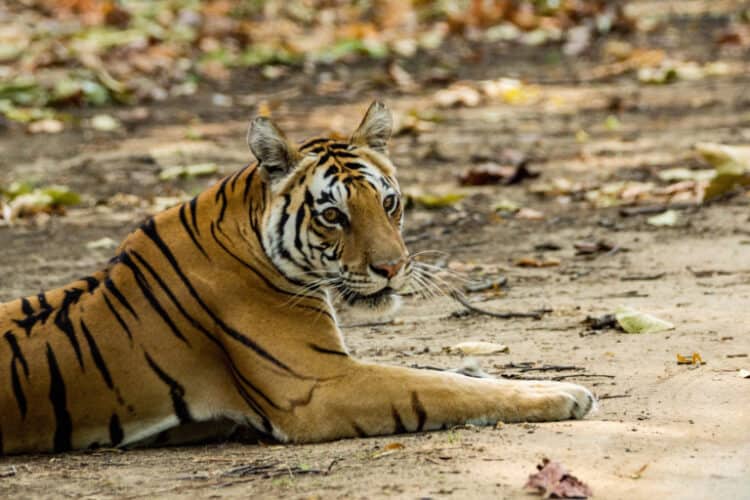
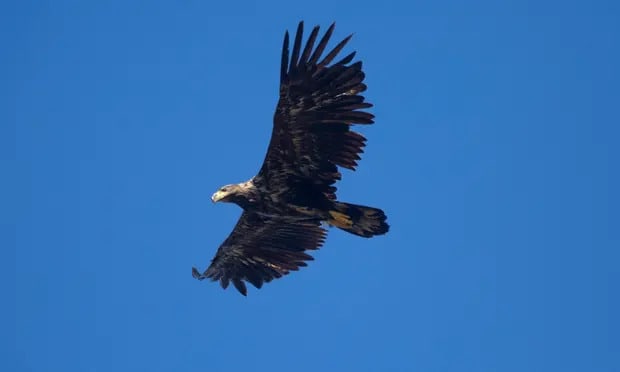


Leave a Reply